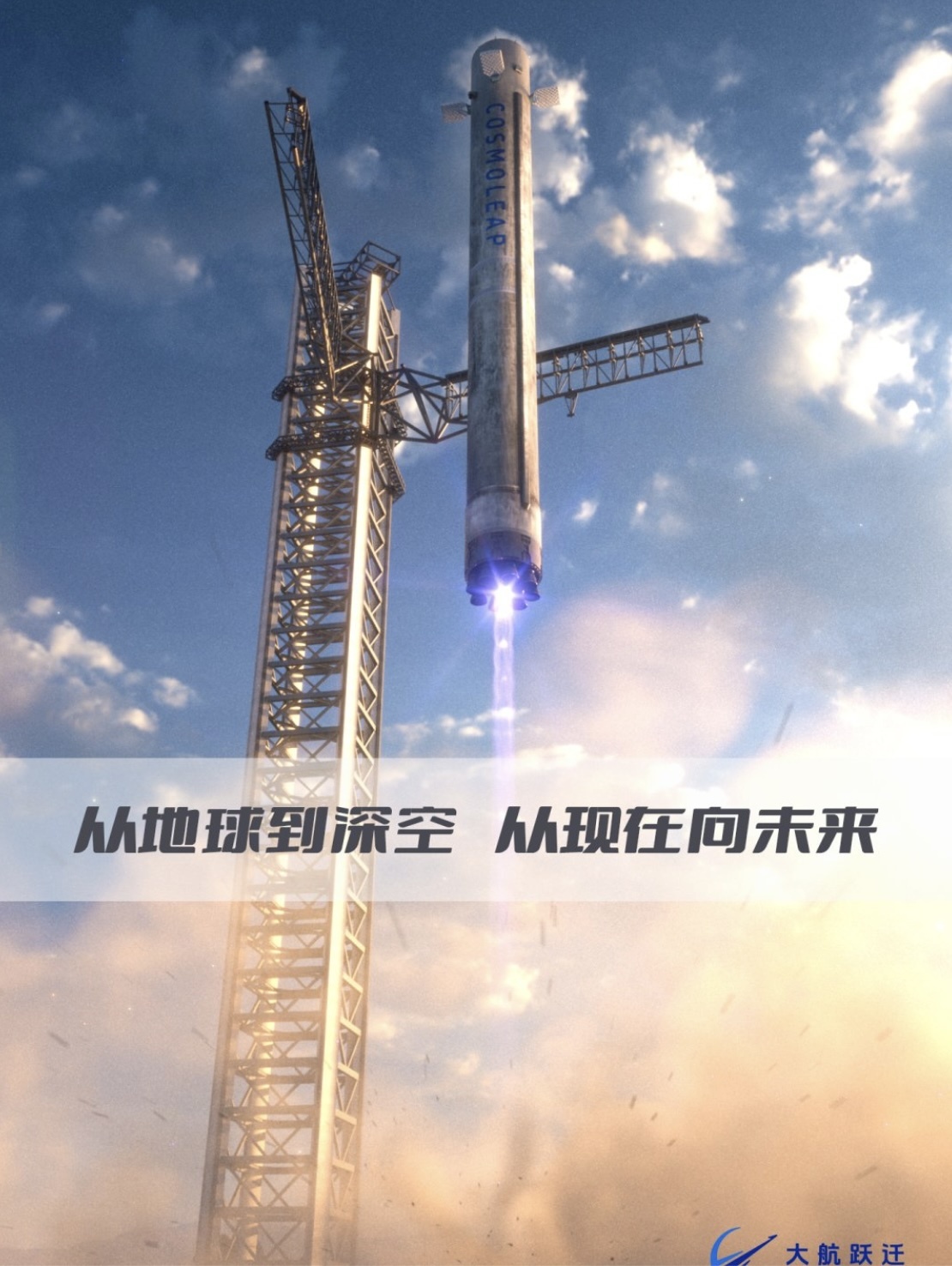12.07.2024
The flight test of the SQX-1 Y8 commercial carrier rocket of a Chinese private space company on Thursday was unsuccessful.
Abnormal performance was identified during the flight of the rocket, which lifted off from the Jiuquan Satellite Launch Center in northwest China at 7:40 a.m. (Beijing Time).
The cause of the failure is under investigation.
Quelle: Xinhua
+++
Chinese commercial rocket firm suffers 4th launch failure

HELSINKI — Chinese commercial rocket outfit iSpace suffered a launch failure late Wednesday in a fresh setback for the company.
The four-stage Hyperbola-1 solid rocket lifted off from Jiuquan spaceport in the Gobi Desert at 7:40 p.m. Eastern (2340 UTC) July 10. State media Xinhua later announced the mission ended in failure.
Beijing-based iSpace later issued a release stating that the rocket’s fourth stage suffered an anomaly.
The company stated the specific reasons for the failure will be announced as soon as possible after detailed investigation and review. The statement did not reveal the name nor nature of the payloads lost on the flight.
Beijing Interstellar Glory Space Technology Ltd., or iSpace, made history in 2019 as the first privately-funded Chinese company to reach orbit with the solid-fueled Hyperbola-1. However the rocket suffered three consecutive failures following that feat.
The company recovered with two successful flights in 2023 but now faces a new setback. The loss could add to concerns over China’s commercial launch industry as it follows Space Pioneer’s recent catastrophic static-fire explosion, which saw a fully-fueled first stage unintentionally launch from the test bench in Gongyi, Henan province.
Commercial space has received increasingly strong backing from China’s central, provincial and city governments. A number of low Earth orbit communications megaconstellations are expected to provide opportunities for medium and heavy-lift commercial launchers.
iSpace is also looking beyond solid rockets. It launched and landed a test article for its methane-liquid oxygen Hyperbola-3 rocket in November last year.
Despite an already crowded field of contenders, new entrants are still emerging in China’s commercial launch sector. The latest appears to be Dahang Yueqian, or Cosmoleap, established in February.
Cosmoleap released concept art of its planned rocket this week. The art suggests plans to develop a methalox rocket with nine engines performing a powered descent and to be caught by in a fashion apparently similar to that planned by SpaceX to recover its Starship Superheavy boosters.
More concretely, Chinese firms such as Landspace are planning first launches of reusable methane rockets as soon as 2025. The firm has already conducted vertical takeoff, vertical landing tests for its stainless Zhuque-3 rocket.
Quelle: SN
